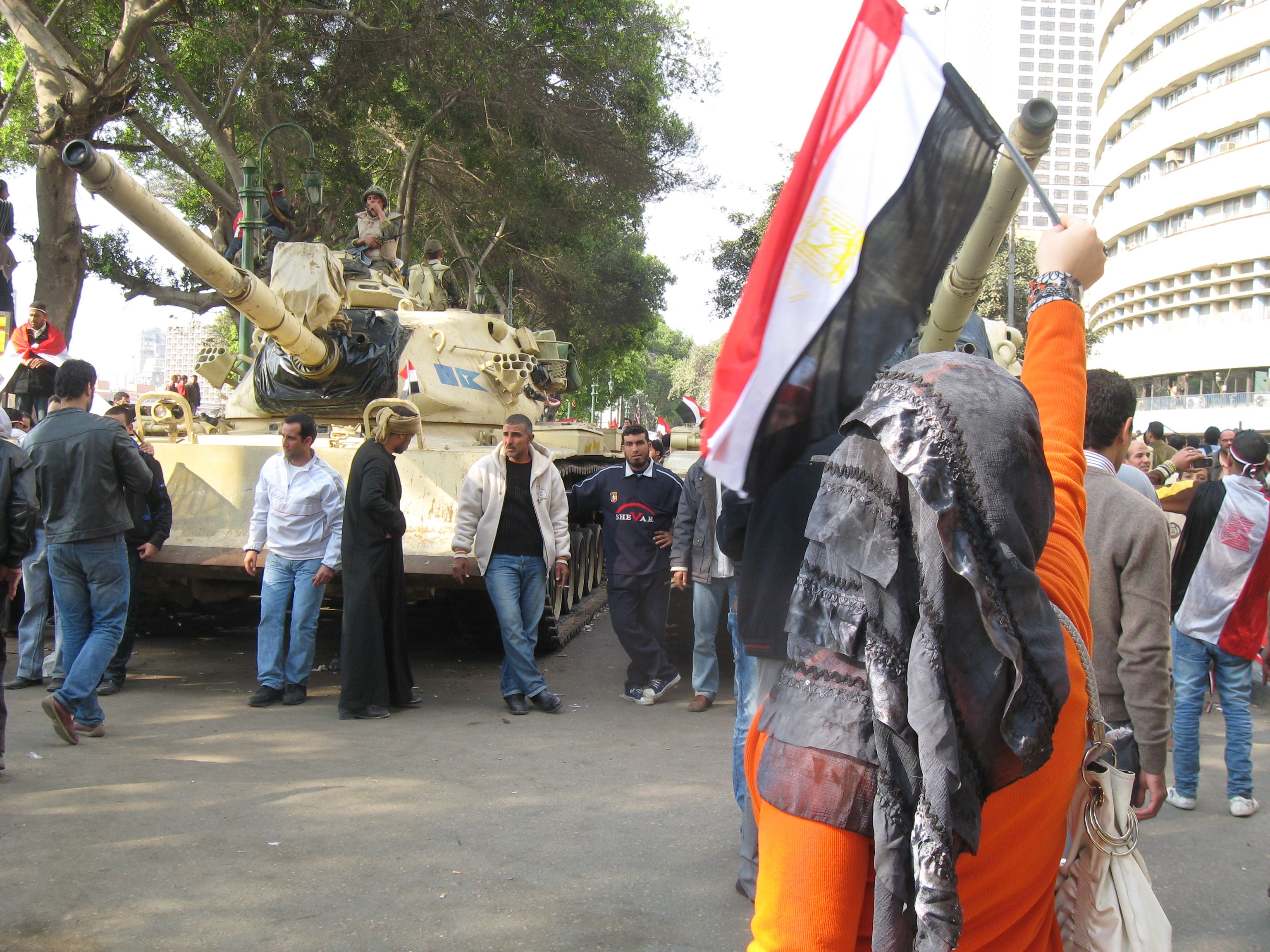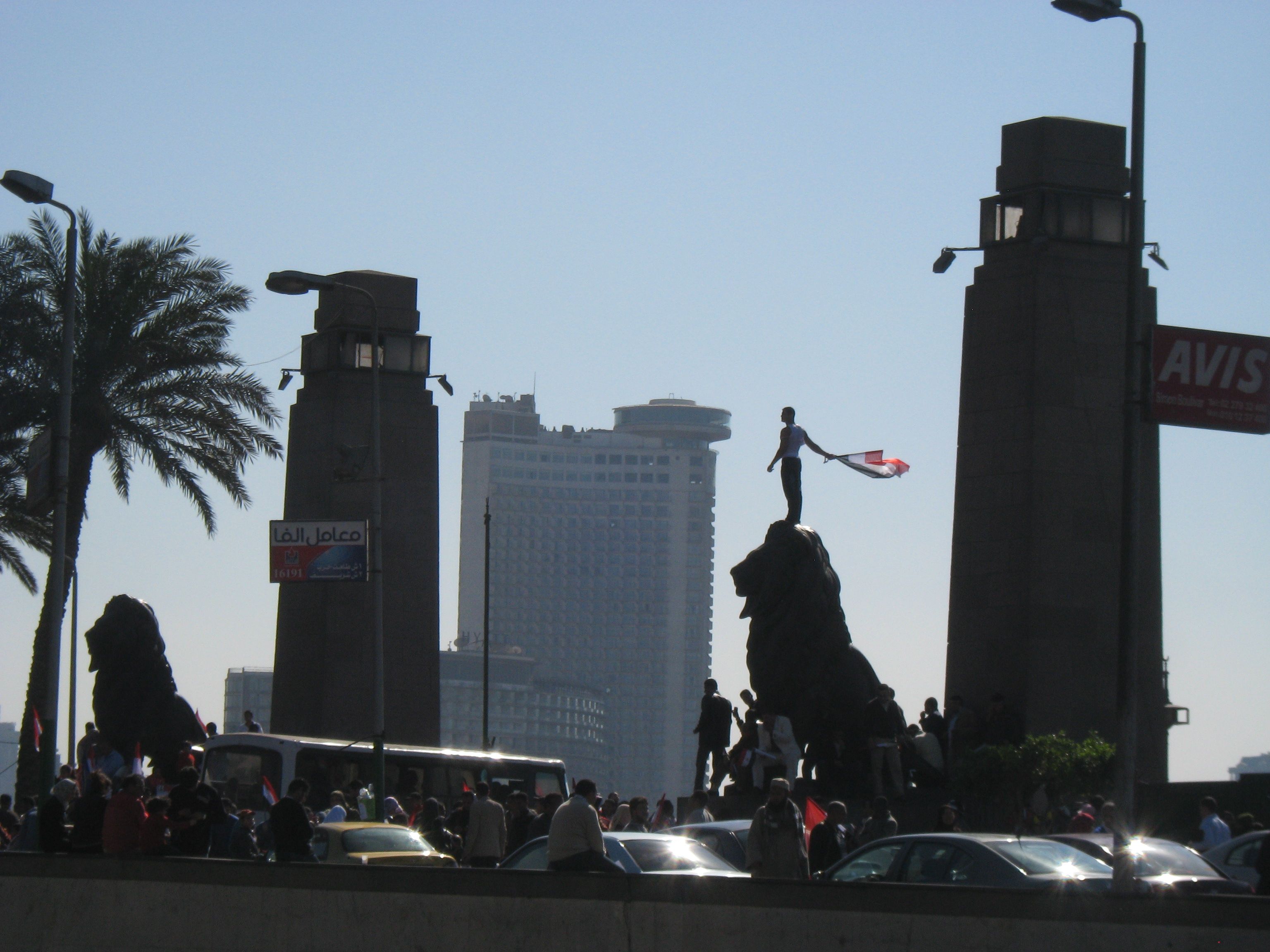March 04, 2011 | Pulitzer Center
By
Ellen Knickmeyer, for the Pulitzer Center
After 18 days of unprecedented popular demonstrations against his 30 year rule, Mubarak stepped down as Egyptian president.















